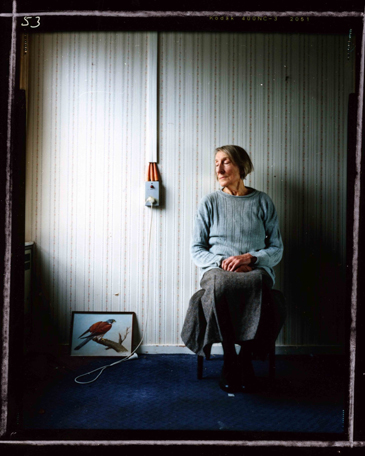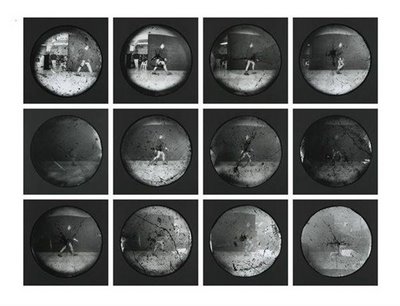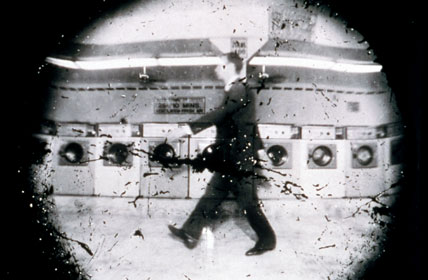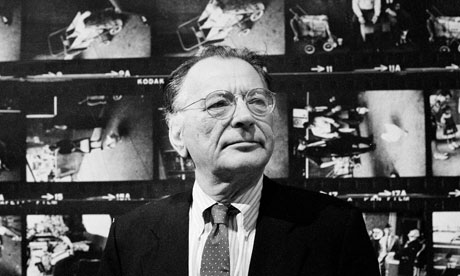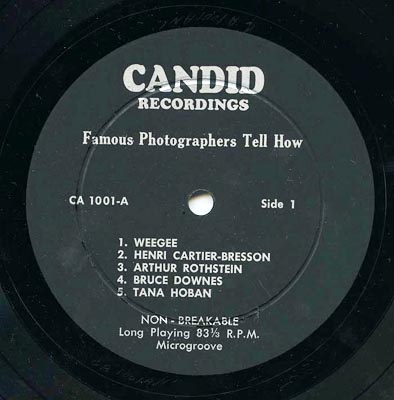Exposed: Voyeurism, Surveillance and the Camera
28 May - 3 October 2010
From Tate Modern website: "Exposed offers a fascinating look at pictures made
on the sly, without the explicit permission of the people depicted. With
photographs from the late nineteenth century to present day, the pictures
present a shocking, illuminating and witty perspective on iconic and taboo
subjects.
Beginning with the idea of the 'unseen photographer',
Exposed presents 250 works by celebrated artists and photographers including
Brassaï's erotic Secret Paris of the 1930s images; Weegee's iconic photograph
of Marilyn Monroe; and Nick Ut's reportage image of children escaping napalm
attacks in the Vietnam War. Sex and celebrity is an important part of the
exhibition, presenting photographs of Liz Taylor and Richard Burton, Paris
Hilton on her way to prison and the assassination of JFK. Other renowned
photographers represented in the show include Guy Bourdin, Henri
Cartier-Bresson, Philip Lorca DiCorcia, Walker Evans, Robert Frank, Nan Goldin,
Lee Miller, Helmut Newton and Man Ray.
The UK is now the most surveyed country in the
world. We have an obsession with voyeurism, privacy laws, freedom of media, and
surveillance - images captured and relayed on camera phones, YouTube or reality
TV. Much of Exposed focuses on surveillance, including works by both amateur
and press photographers, and images produced using automatic technology such as
CCTV. The issues raised are particularly relevant in the current climate, with
topical debates raging around the rights and desires of individuals, terrorism
and the increasing availability and use of surveillance. Exposed confronts
these issues and their implications head-on."
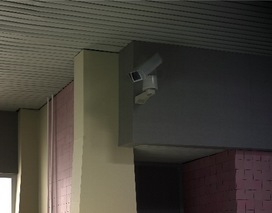
Thomas Demand, Camera 2007
© Thomas Demand
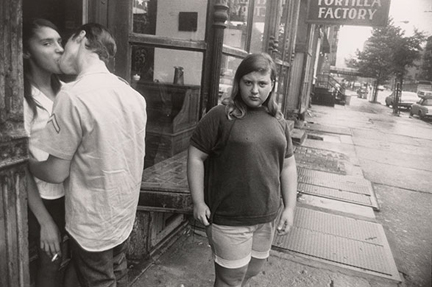
Garry Winogrand's New York (Couple Kissing, Girl Staring at Camera, Tortilla Factory), 1969.
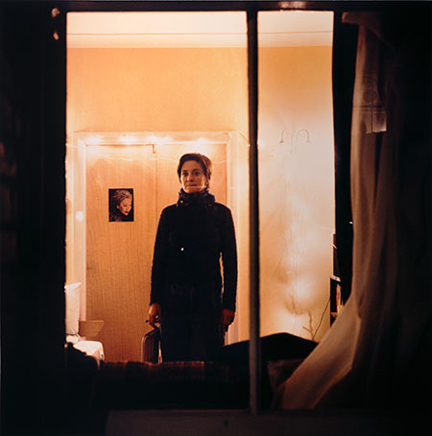
Shizuka Yokomizo's Stranger No 2, 1999
Update:
Essay: Tate Etc Issue 19
Essay: via Photography Collection
Review
Review
